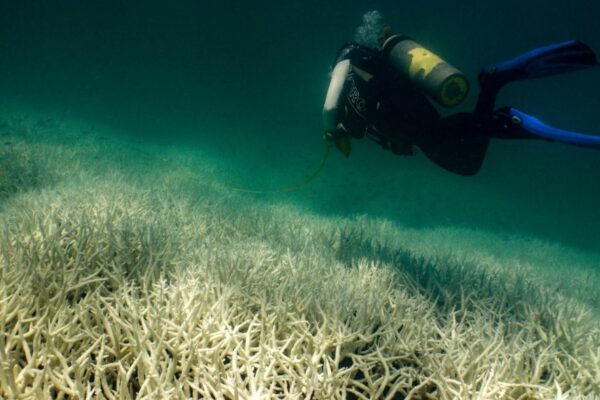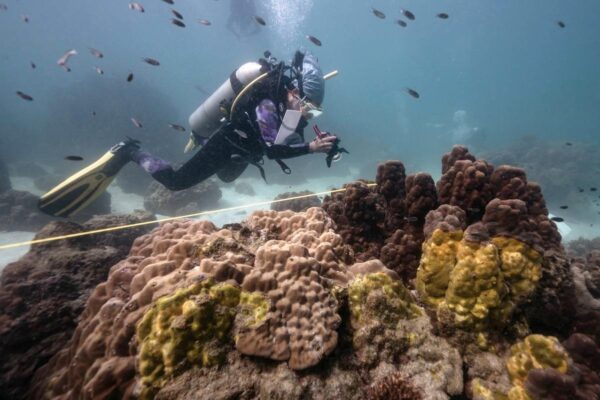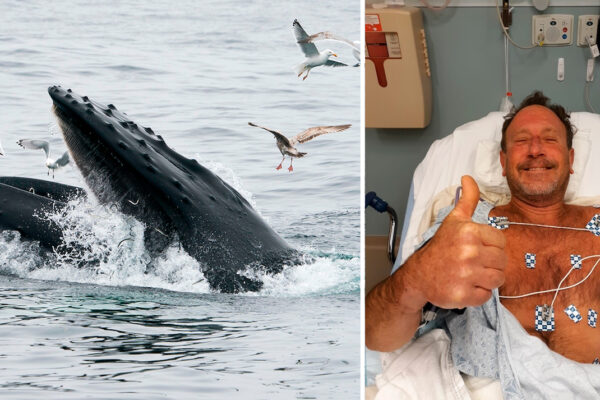New Species of Black Corals Found in Northern Seabed of Pacific Ocean
While the coral reefs all around the globe are dying or are at the brink of extinction, scientists have found three new species of black coral on the seabed of the northern Pacific Ocean, an area where several countries have legal contracts to mine for metals including cobalt and nickel.
According to the findings published in scientific journal Zootaxa, these species were found on deep seamounts and ridges in the mineral-rich Prime Crust Zone, which spreads from the Mariana Trench to the Hawaiian Islands.
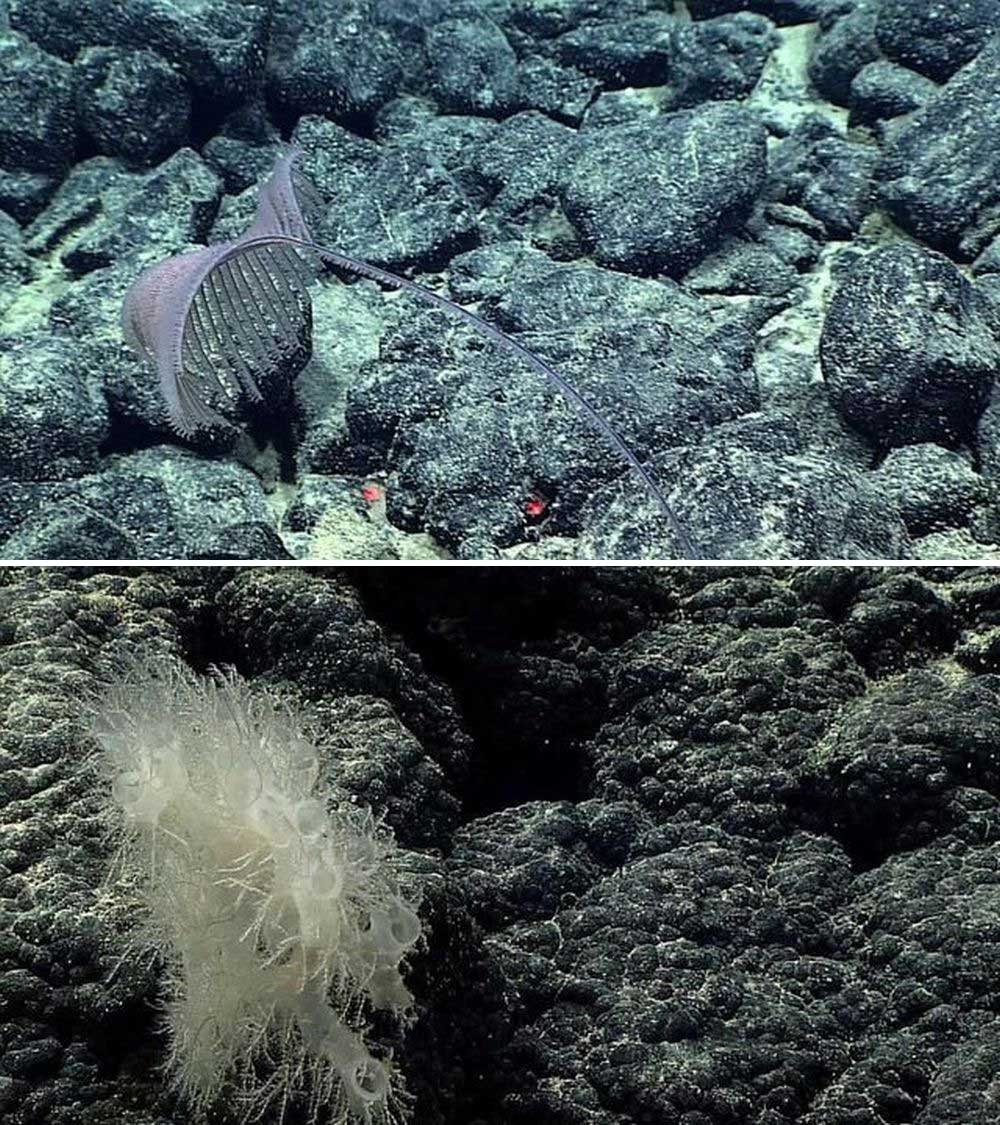
Image: Zootaxa
The new species of black coral are named so due to their black skeletons; however, the living tissues growing on the skeletons can provide them various colors, including pink and white. Previous studies have discovered a black coral species that is over 4,250 years old.
Dennis Opresko of the Smithsonian Institute and Daniel Wagner of Conservation International, authors of the study, aimed to identify deep-sea habitats in the zone which has the highest concentrations of cobalt-rich ferromanganese crusts on earth.
These long-living corals are much like the redwoods of the ocean. They’re not only slow-growing and long-lived, but also provide important habitat for many other species. Mining their habitat could potentially wipe them out before we know their true value.
Said Wagner.
According to the International Seabed Authority (ISA), a UN body in charge of regulating the ocean floors, many countries including China, Japan, Russia and South Korea hold exploration contracts in the Prime Crust Zone.
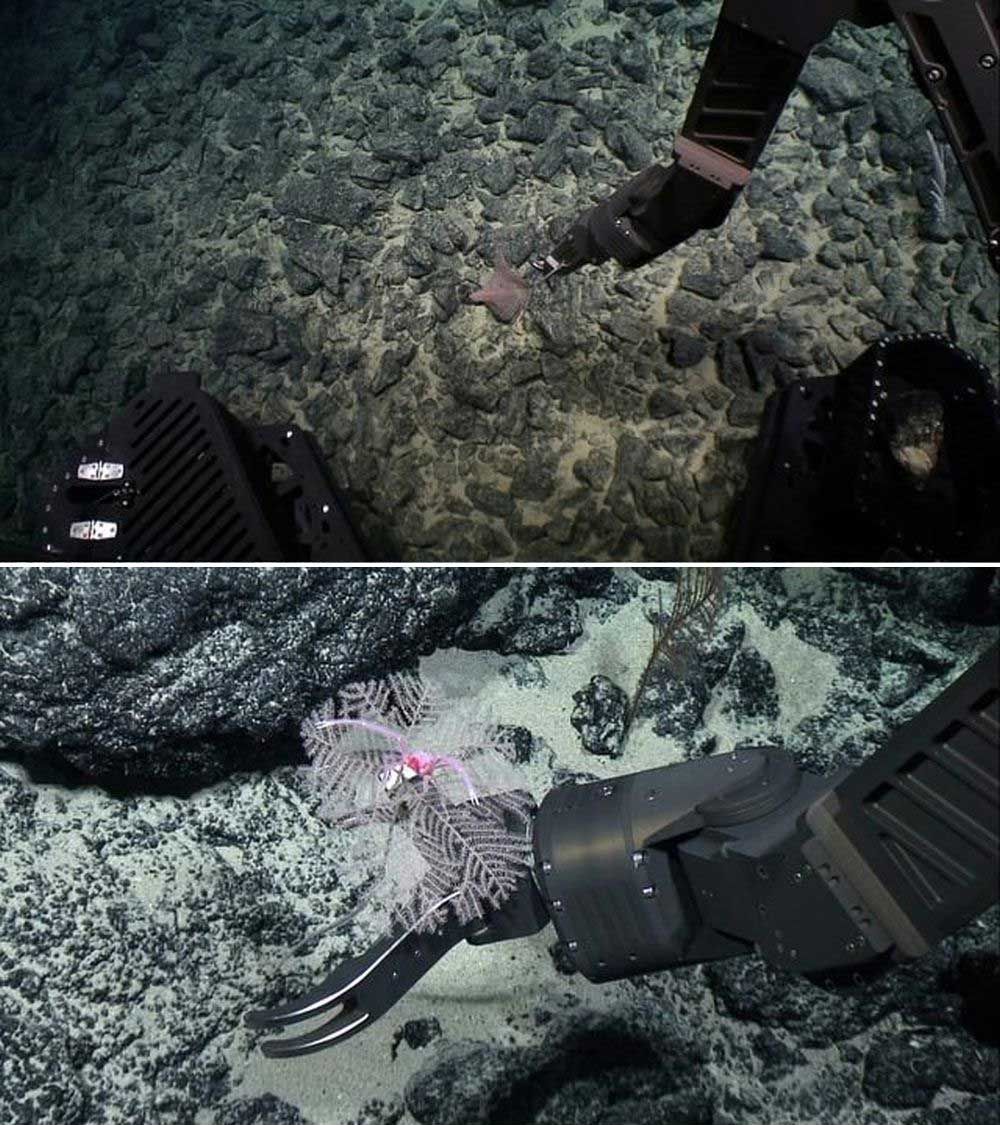
Image: Zootaxa
The authors emphasized the fact that deep-sea mining could destroy these beautiful marine habitats. Environmentalists many times have requested a ban on deep-sea mining which would retrieve precious metals such as cobalt, copper, nickel, and manganese from seabed nodules and crusts.
The Ocean Panel recently voiced their concerns that many yet undiscovered species could be harmed due to these anthropogenic activities. Conservation International reveals that only around 20 percent of the ocean floor has been mapped till date, and much is still to be explored. Now, it begs the question of whether these activities are even necessary at the cost of other living beings.
